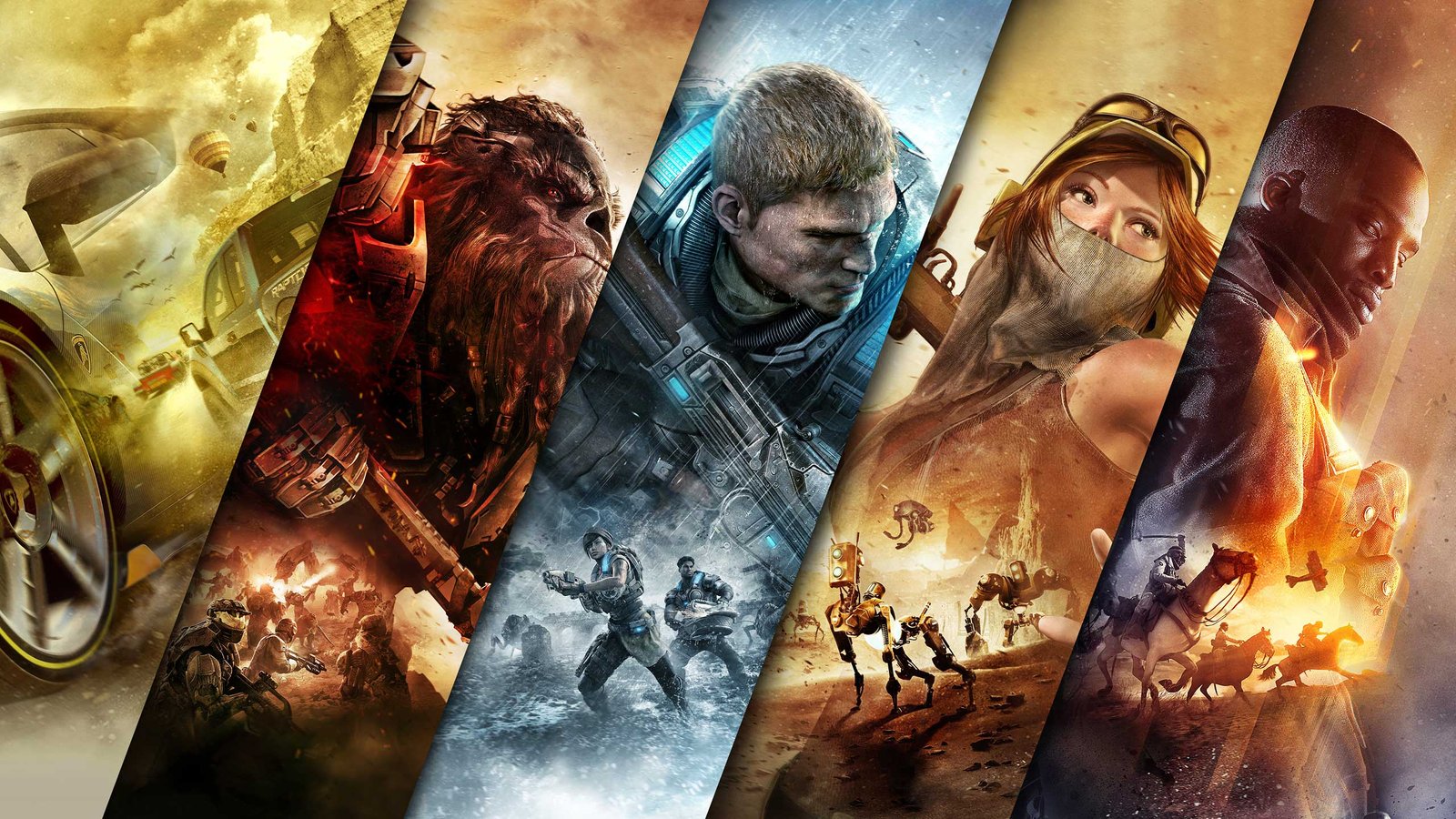(510) 705-1915
Call us today!

NFTs: The Hottest Digital Collectibles – How Do They Work?
In the world of digital art, gaming, and collectibles, there’s a buzzword that’s been making waves in recent years: NFTs, or Non-Fungible Tokens. These unique digital assets have taken the world by storm, with artists, musicians, gamers, and investors alike flocking to participate in this new frontier. But what exactly are NFTs, and how do they work? Let’s dive in.
Understanding NFTs
NFTs are a type of digital asset that represent ownership or proof of authenticity of a unique item or piece of content using blockchain technology. Unlike cryptocurrencies like Bitcoin or Ethereum, which are fungible and can be exchanged on a one-to-one basis, NFTs are non-fungible, meaning each token is distinct and cannot be exchanged on an equal basis with another NFT. This uniqueness is what gives NFTs their value.

How NFTs Work:
Why NFTs Are Valuable
The value of an NFT comes from its uniqueness and scarcity. Because each NFT represents a one-of-a-kind digital item, collectors and enthusiasts are willing to pay significant amounts to own something that is truly one-of-a-kind. Additionally, NFTs can include smart contracts that enable creators to earn royalties from secondary sales, providing ongoing revenue streams.

Use Cases for NFTs :
NFTs have found applications in various fields:
Challenges and Criticisms
While NFTs offer exciting opportunities, they also face challenges. Environmental concerns related to the energy consumption of blockchain networks and issues with copyright infringement and plagiarism are some of the criticisms that NFTs have faced.
In conclusion, NFTs have revolutionized the way we perceive and own digital assets. They offer a new way for creators to monetize their work and for collectors to own and trade unique digital items. However, as with any emerging technology, it’s essential to approach NFTs with an understanding of the associated risks and benefits. The NFT space is continually evolving, and its impact on the world of art, gaming, and collectibles is likely to grow in the coming years.



